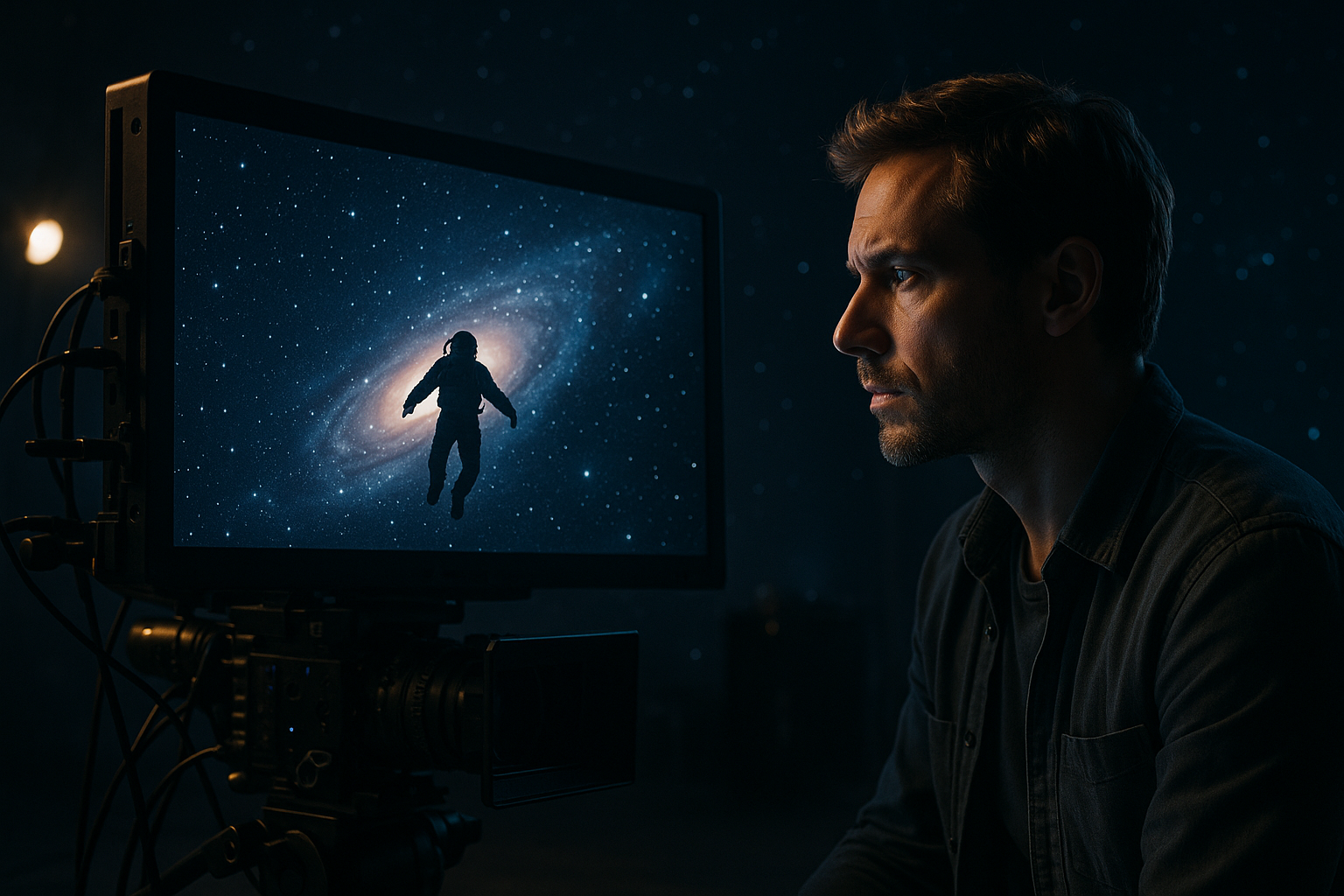The Cinematic Splendor of Astro-Reality: Unraveling the Cosmic Convergence of Art and Science
In the vast expanse of the universe, there exists a place where art and science converge in a celestial dance, creating a genre that is as innovative as it is captivating. Astro-reality, the artistic representation of space and cosmos in film, is a relatively new trend in the entertainment industry. Yet, its roots stretch deep into the annals of cinematic history. Let's embark on a journey through the cosmos, tracing the birth and rise of astro-reality in cinema.

The Genesis: An Odyssey Through Time
Astro-reality in cinema has its origins in the early 20th century, with Georges Méliès’s groundbreaking film “A Trip to the Moon” (1902). Méliès, a visionary of his time, pushed the boundaries of technology and imagination to bring the cosmos to life on the silver screen. His pioneering efforts laid the groundwork for what would eventually become a unique genre in the cinematic universe.
The Big Bang: The Dawn of Modern Astro-Reality
Fast forward to the late 20th century, and we witness the advent of modern astro-reality. Stanley Kubrick’s masterpiece, “2001: A Space Odyssey” (1968), heralded a new era in cinematic representation of the cosmos. Combining artistic vision with scientific accuracy, the film set a benchmark for astro-reality, demonstrating that the genre could be both aesthetically pleasing and intellectually stimulating.
The Constellation of Stars: Current Films and Innovations
In recent years, astro-reality has come of age, with a plethora of films pushing the boundaries of the genre. From the awe-inspiring visuals of “Gravity” (2013) to the scientific accuracy of “Interstellar” (2014), the genre has evolved to meet the demands of an increasingly sophisticated audience. The technological advancements in special effects and computer-generated imagery have played a pivotal role in this transformation, enabling filmmakers to depict the cosmos with unprecedented realism and detail.
The Cosmic Impact: Significance and Reception
Astro-reality has had a profound impact on the entertainment industry and audience perceptions of space. It has not only provided a platform for exploring complex scientific concepts but also challenged our collective imagination. The genre has been well-received by audiences worldwide, with films like “Gravity” and “Interstellar” earning both critical acclaim and commercial success. The fascination with the cosmos is universal, making astro-reality a genre with tremendous potential and reach.
The Final Frontier: The Future of Astro-Reality
The future of astro-reality looks promising, with filmmakers continuously exploring new ways to portray the cosmos. The advent of virtual reality technology offers exciting possibilities, potentially allowing audiences to experience space in an immersive and interactive manner. As the genre continues to evolve, it is bound to captivate audiences with its blend of scientific intrigue and artistic expression.
Astro-reality is a testament to the potential of cinema to transcend boundaries, bridging the gap between art and science. The genre represents a unique fusion of creativity and technology, providing a window into the cosmos that is as enlightening as it is entertaining. As we continue our voyage through the cinematic cosmos, one thing is clear: the journey has only just begun.




